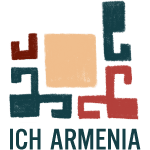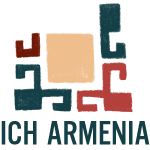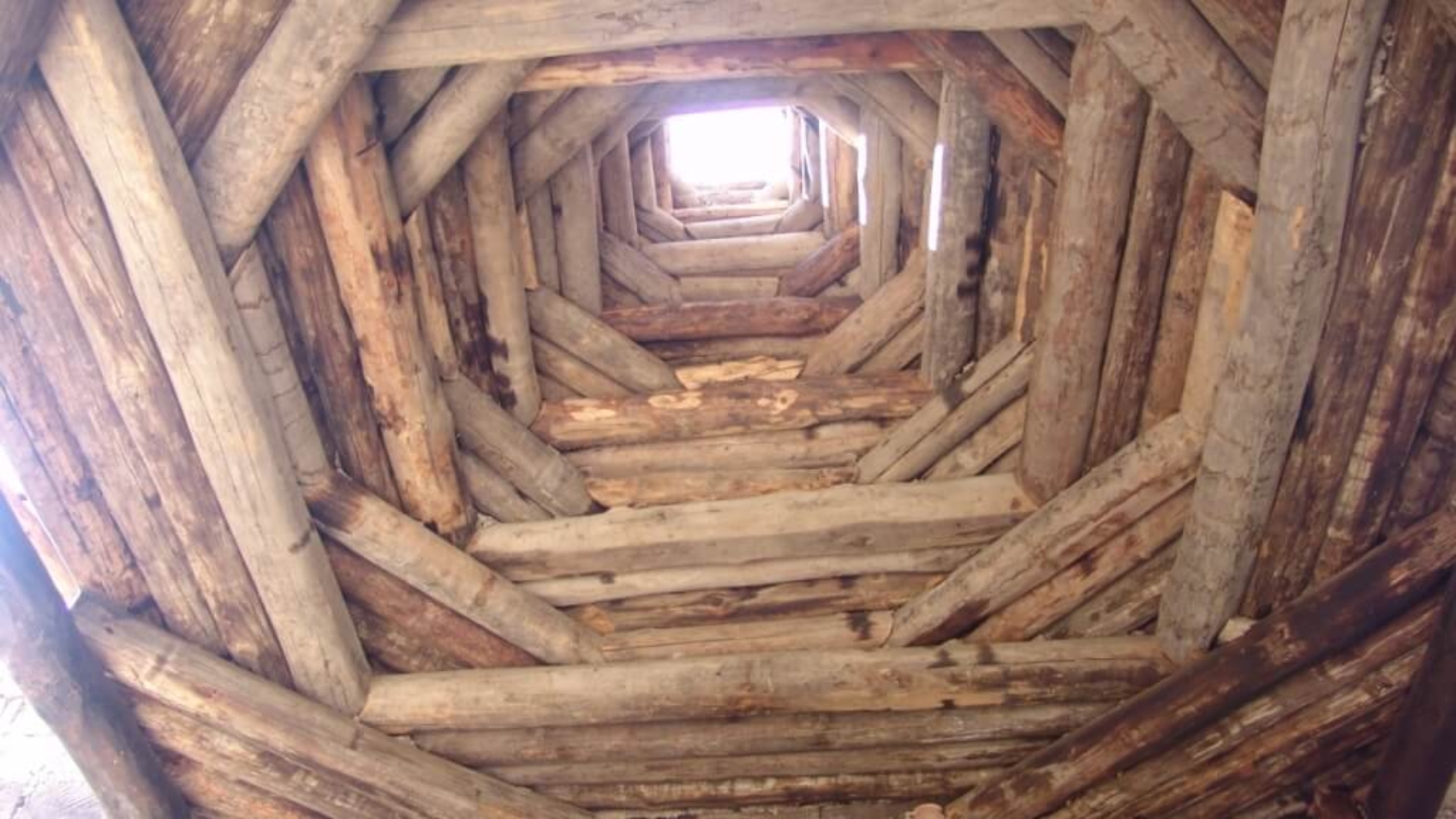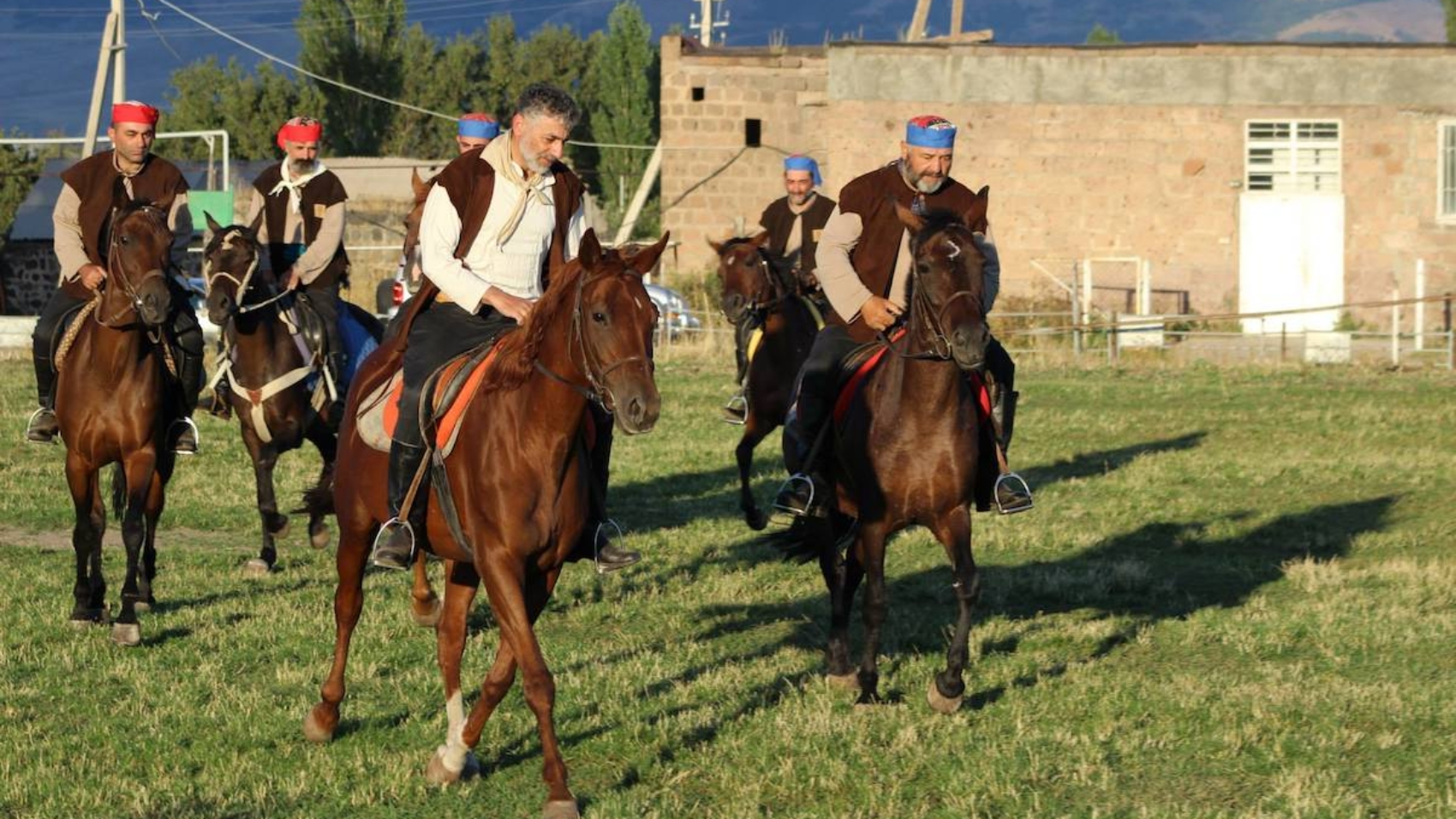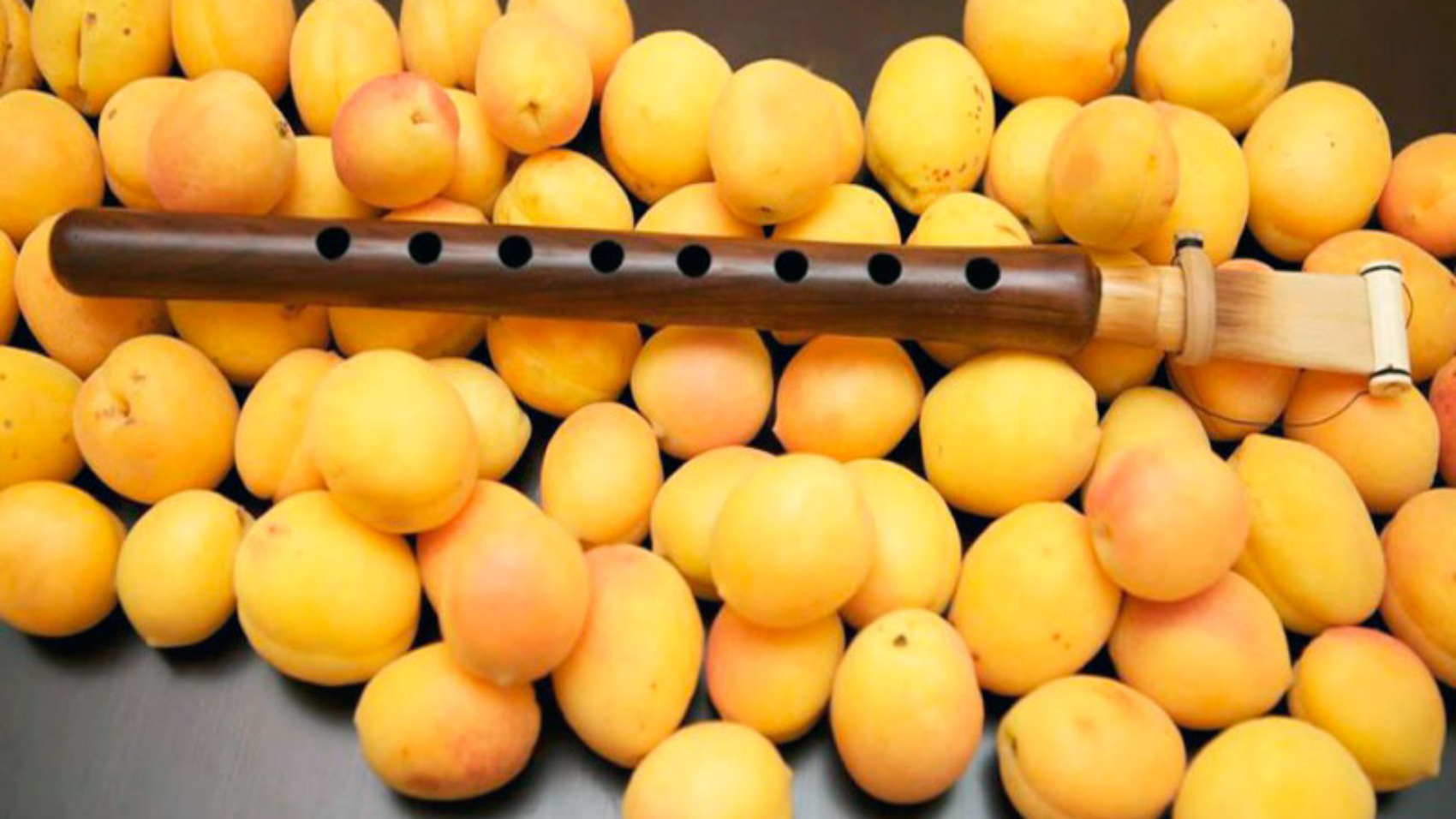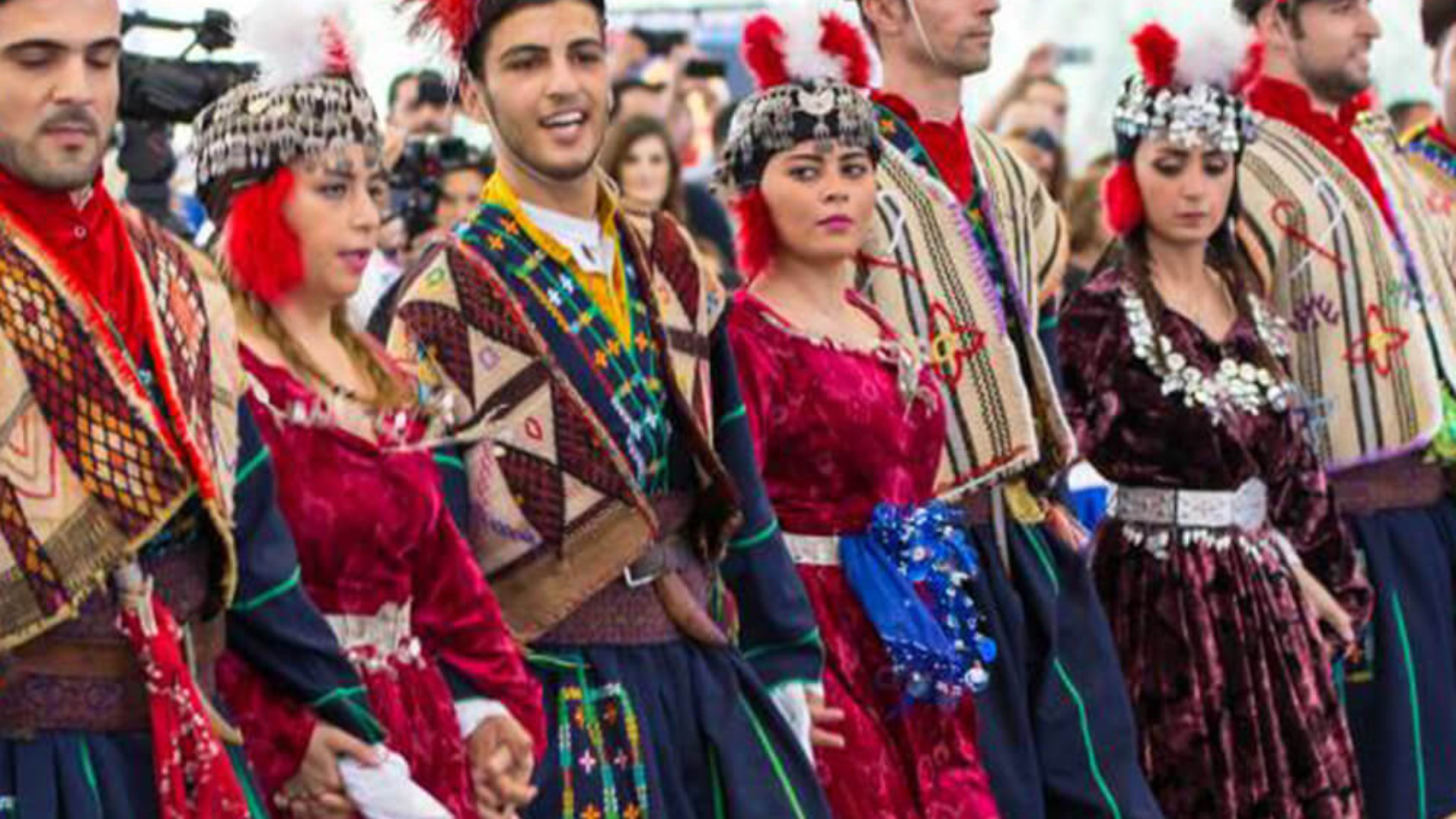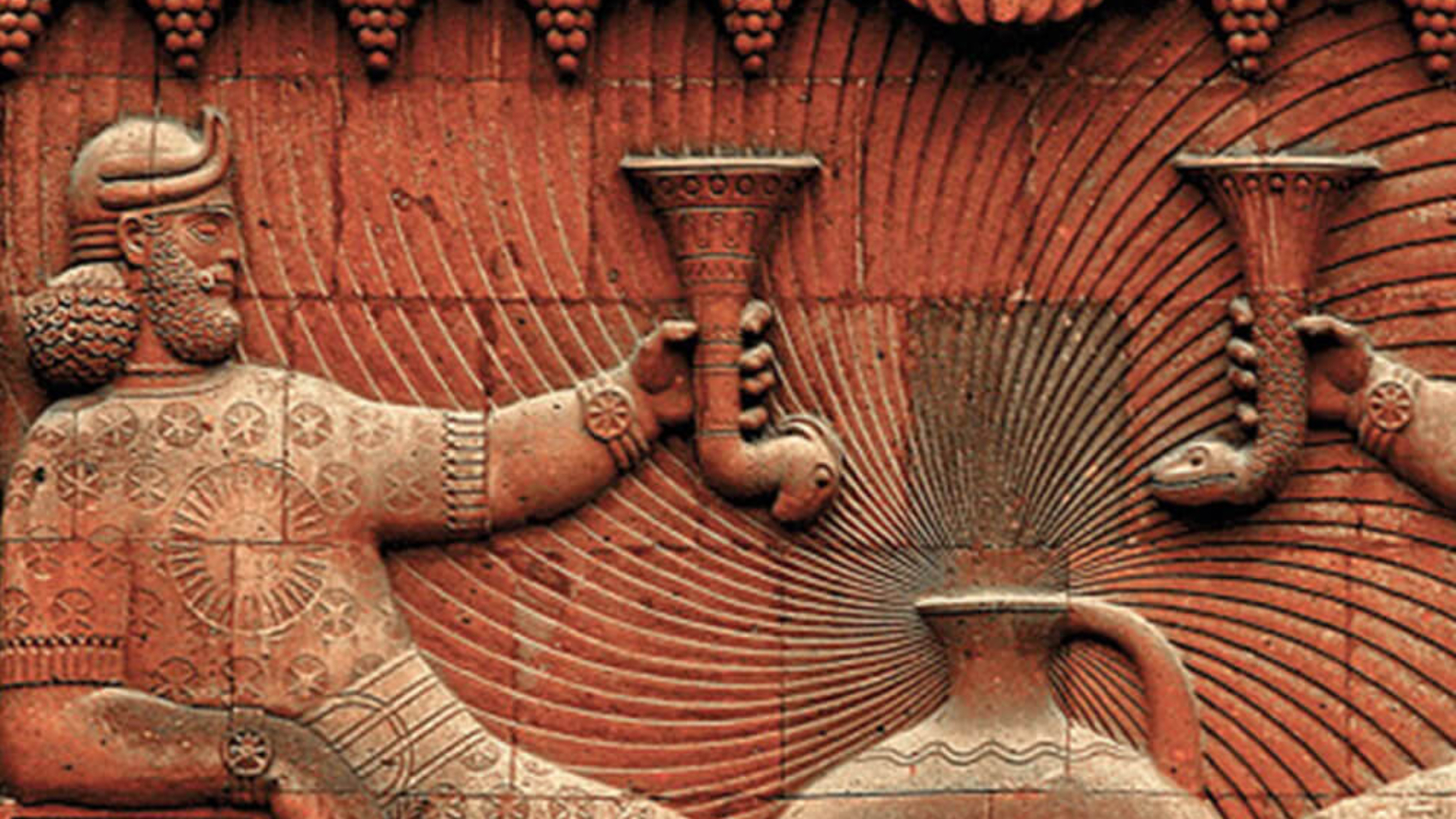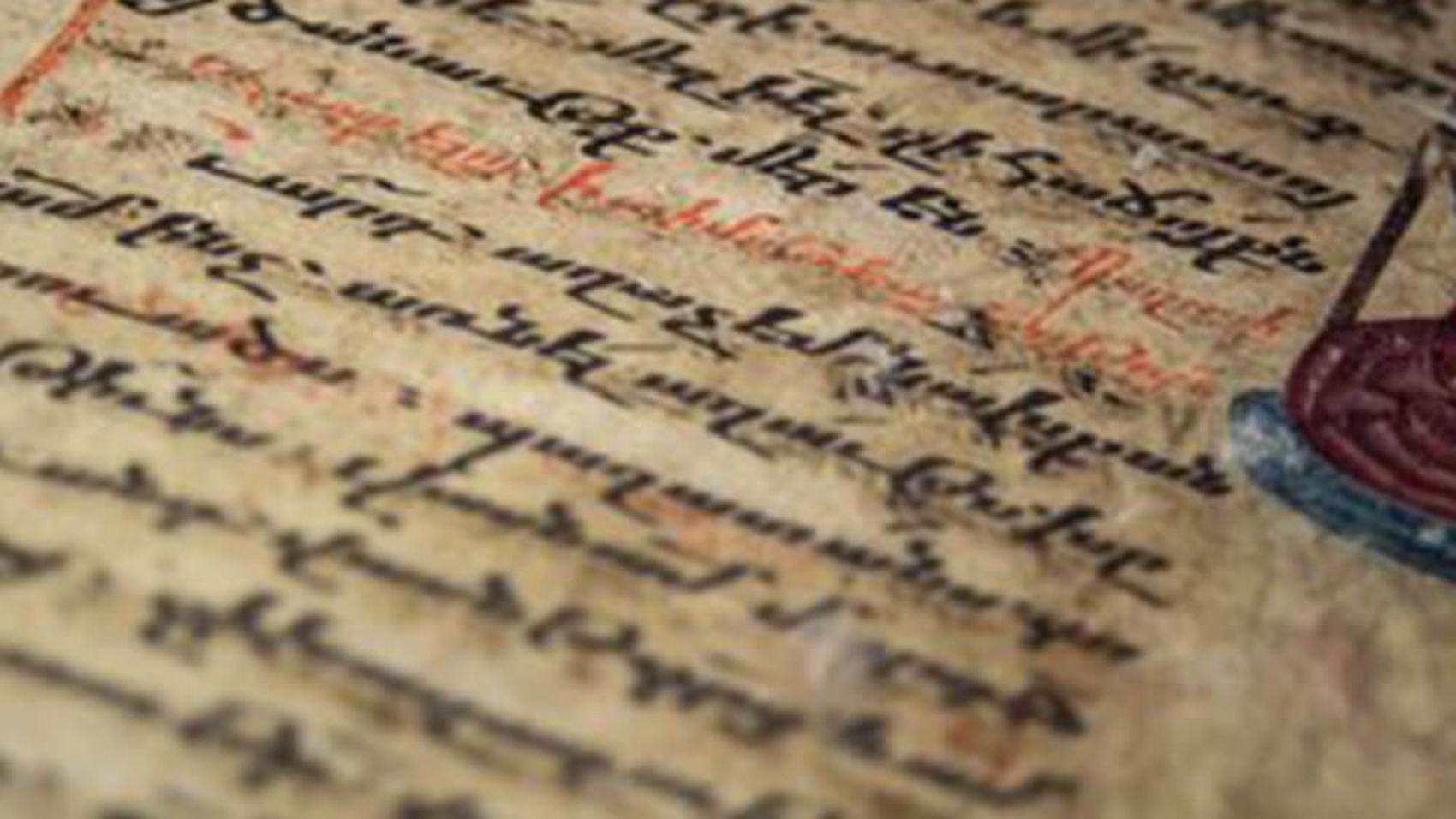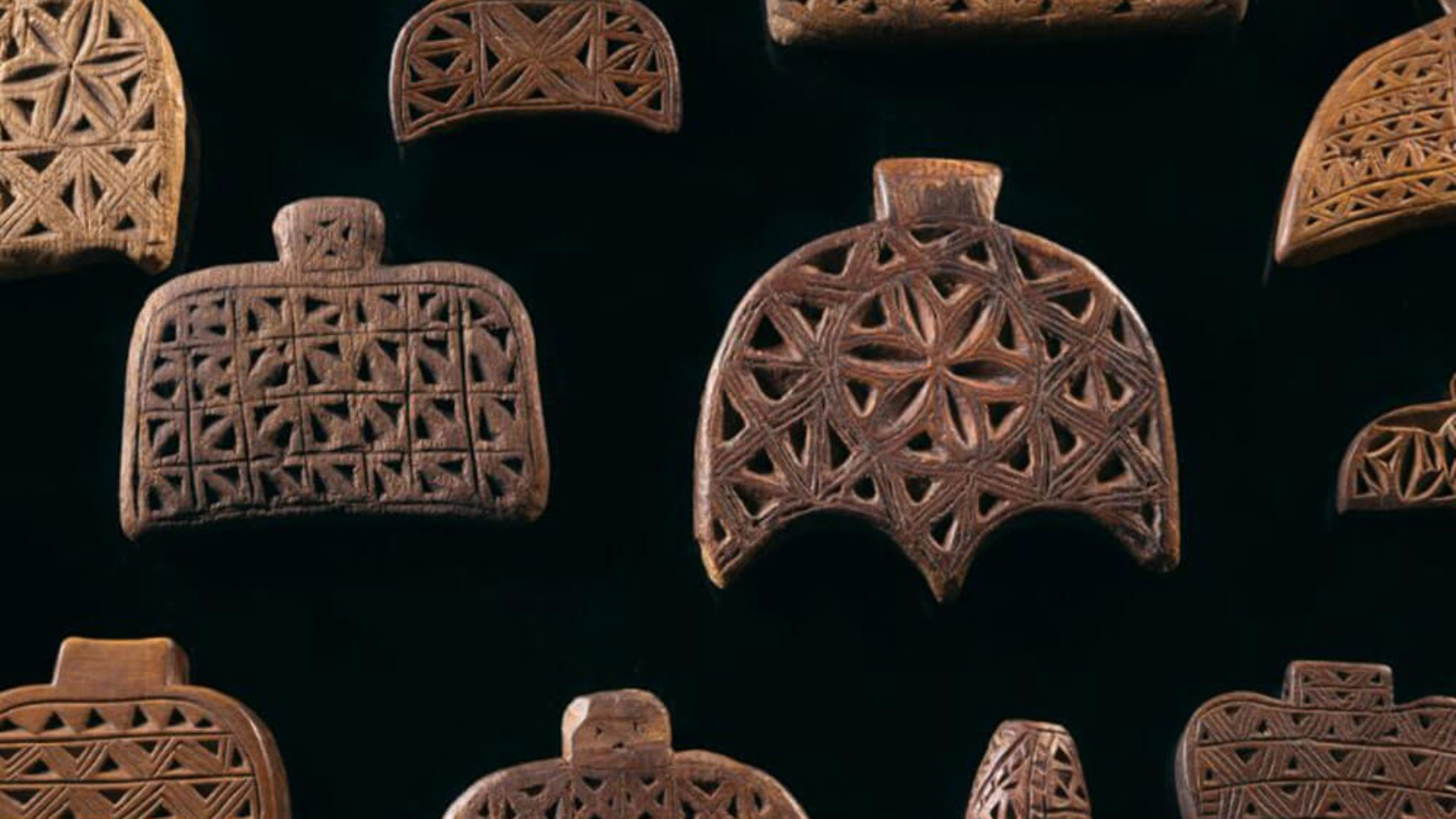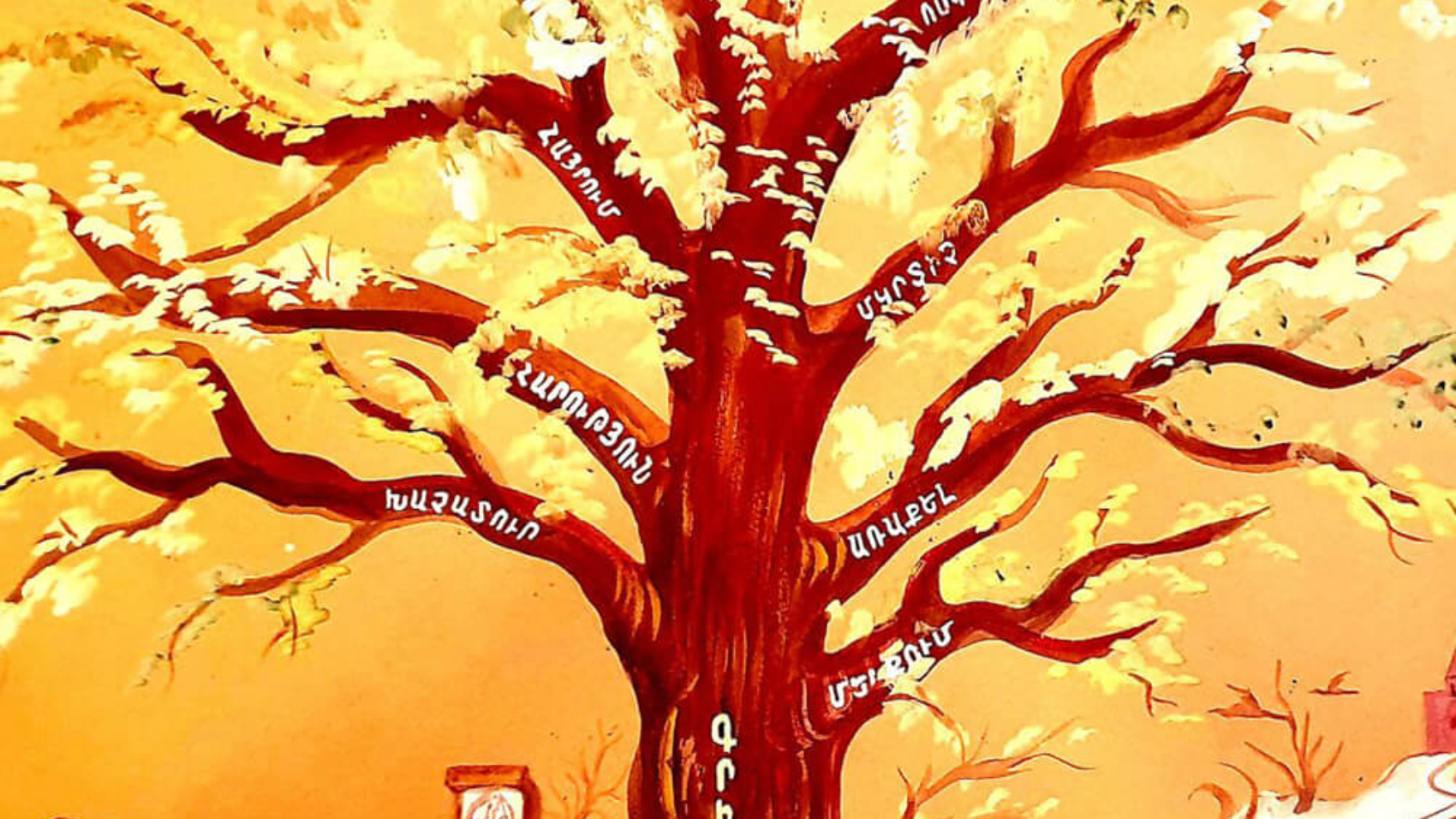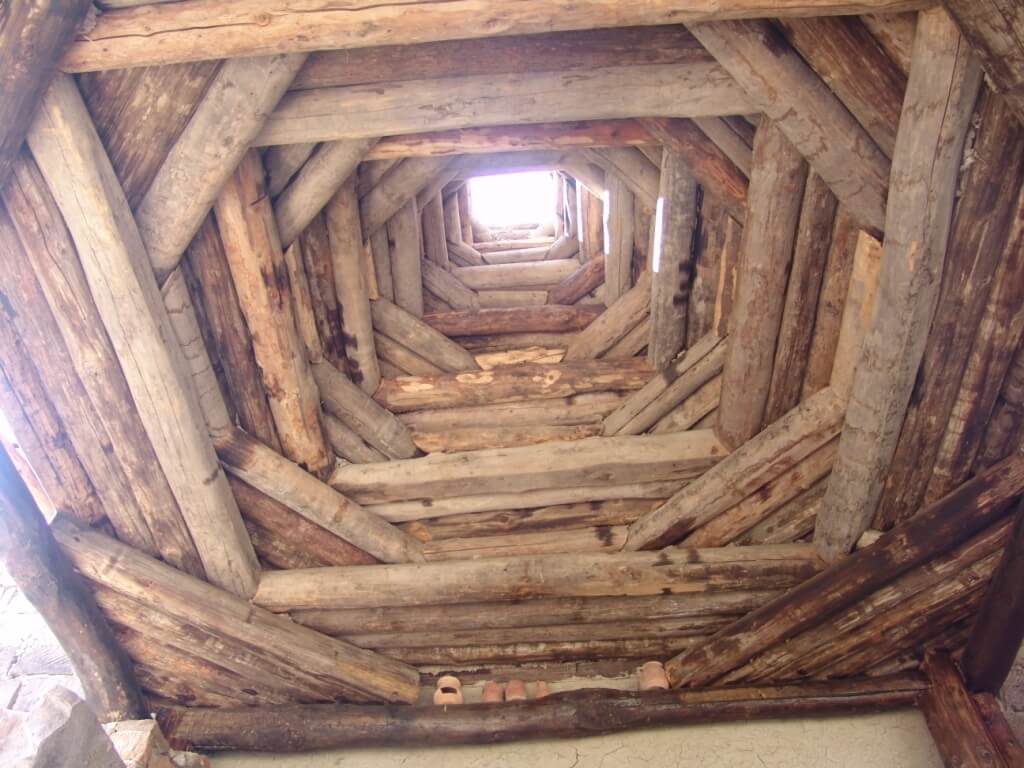
Hazarashen is a structure of an Armenian folk residential house, a pyramidal roof. It made it possible to cover relatively long flights with short logs or fours. Houses with a square plan are usually covered with the Hazarashen, and the central openings in the houses of other shapes are covered with a square. The weight of the roof is not borne by the walls, but by the four pairs of quadrangular or round columns made of logs, placed 1-1.5 meters from the corners of the house, which sit on stone pedestals. On the pillars are placed wooden pillars, which serve as a basis for the logs-riders placed along the length of the walls. Their corners are intersected by short logs, on which the next row of quadrangular logs rests. The gaps between the rows are covered with round or square cut logs or planks, gradually getting shorter. At the very top, an opening was left, an opening, on which cross iron bars were fixed. Erdik serves both for lighting, ventilation and removing smoke. From the outside, the rows of this ceiling are covered with hard, straw or reed, then with clay or solid earth. Hazarashen domes are more pointed and higher, they have the shape of a truncated cone. The main advantage of Hazarashen is that it is made with fewer and shorter wooden wheels or logs, hence its name, which means “made of thousands of pieces”.
Simple and complex versions of the Hazarashen cover were found in all regions of Historical Armenia: High Hayk, Javakhk, Shirak, Gegharkunik, Vaspurakan, Taron, Airarat, Vayots Dzor, Syunik, Artsakh and others.
During the centuries, the bearers of the knowledge of our ancestors about Hazarashen were the Armenian people, in particular, various community groups and individuals of the country, builders, as well as groups of intellectuals interested in the history of Armenian culture.
The groups that are the bearers of Hazarashen culture are decreasing day by day, the knowledge remains mainly in the memories of old people.

